The event in Cana of Jesus’ first miracle of turning water into wine also occasioned the first gentle shove He would receive from His followers to get God’s kingdom rolling. The first of many.
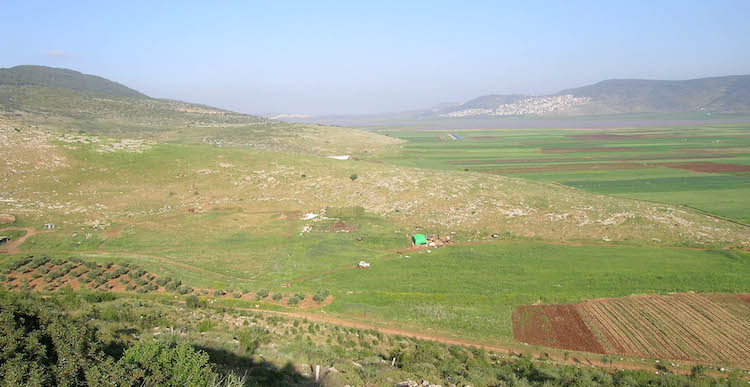
(Photo: Cana sat in the Bet Netofa Valley. Courtesy of the Pictorial Library of Bible Lands)
Jesus’ mother, Mary, may have been the first to nudge Jesus toward dispensing the blessings of the kingdom—but she wouldn’t be the last. Many times, the Lord would have to rein in the pushing of others in favor of God’s timing for blessing.
It’s all about timing. God’s timing.
The Bet Netofa Valley—Where Water is Changed
Interestingly, in the same valley where Jesus performed the miracle of turning water into wine, the modern State of Israel purifies water for transport and drinking.
Today the Israel Water Carrier channels its open canal through the Bet Netofa Valley, and the Mekorot Eshkol Visitor Center allows guests to learn the water purification process.
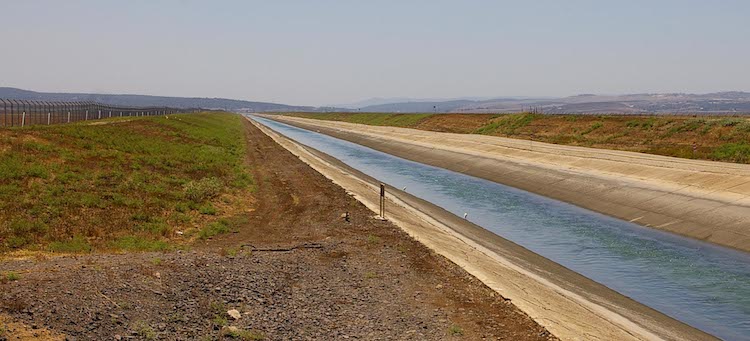
(Photo: Israel National Water Carrier in the Bet Netofa Valley. Courtesy of the Pictorial Library of Bible Lands)
In antiquity the valley served as a major passageway for travel from Tiberias to Acco. This beautiful east-west valley connects the Sea of Galilee to the Jezreel Valley by way of the Shimron Pass.
- Josephus identified the town of Cana, where Jesus did His first miracle of turning water into wine, as being in the Bet Netofa Valley (John 2:1-11; Life, 16:86, 207).
- In Jesus’ day, this valley was called the Plain of Asochis. The valley used to have swamps with reeds. In fact, the name “Cana” means “reed.”
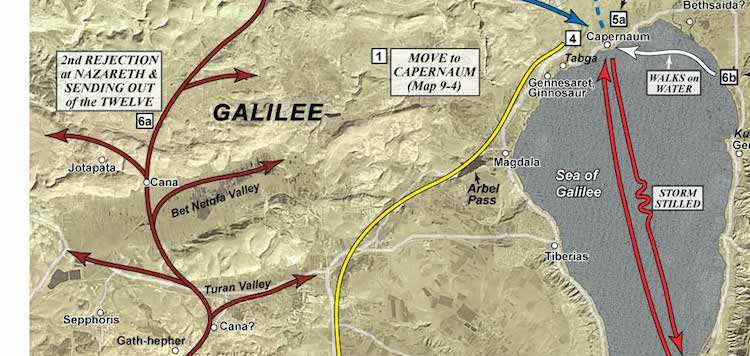
(Map of Bet Netofa Valley, courtesy of Satellite Bible Atlas)
Cana (Khirbet Qana)
The most likely site of for the biblical “Cana of Galilee” is Khirbet Qana, which fits the location given by Josephus (Life, 16:86, 207).
- Located eight miles northeast of Nazareth, Cana was the hometown of one of Jesus’ disciples, Nathaniel (John 21:2). Perhaps he was why Jesus and His disciples were invited to the wedding at Cana, where Jesus performed His first miracle of turning water into wine (John 2:1-11).
- Archaeologists and explorers at Khirbet Qana have found caves, cisterns, stone vessels, a Roman public building, houses, and a dovecote.
- Jesus also healed the son of a royal official from Cana (John 4:46-54).
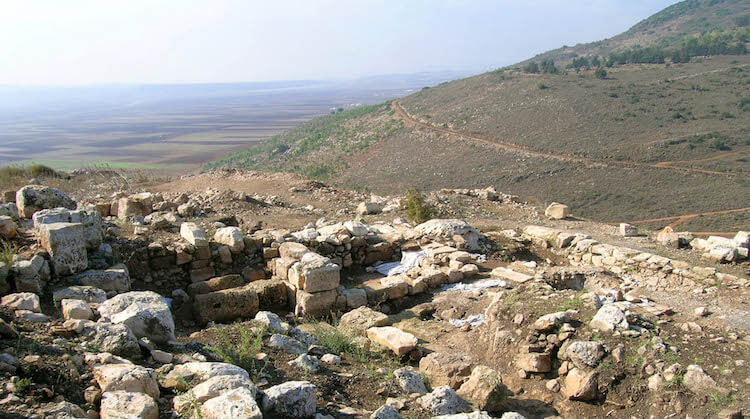
(Photo: Khirbet Qana, Cana excavations. Courtesy of the Pictorial Library of Bible Lands)
John calls the miracle the first of the “beginning of His signs” to show that the miracles had a purpose. They pointed to something beyond the miracles themselves. This miracle “manifested His glory” and what was the result? His disciples believed in Him” (John 2:11).
Allen P. Ross describes this miracle as connecting to the prophecy of the tribe of Judah and its Messianic promise signaled by an abundance of wine (Gen. 49:11-12):
By the miracle Jesus was signifying that the kingdom was at hand—a message that he also declared verbally. The creation of the abundance of wine signaled that the Messiah was present (Creation and Blessing, p. 704).
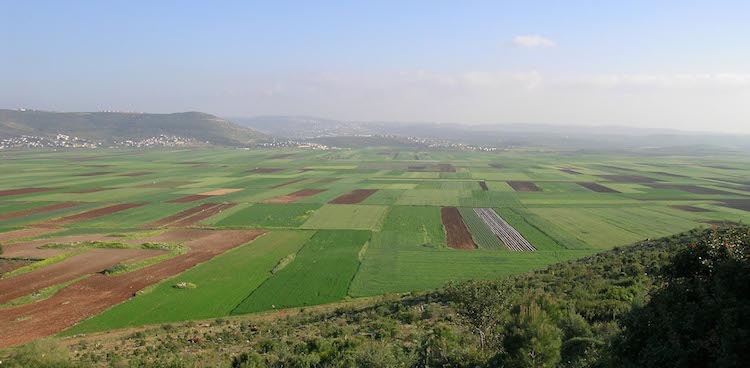
(Photo: Bet Netofa Valley. Courtesy of the Pictorial Library of Bible Lands)
Timing is Everything
Mary knew who her Son was, obviously, and her mentioning the need for wine may have had Messianic implications—especially in light of Jesus’ response: “My hour has not yet come” (John 2:4). Turning water into wine for a wedding was one thing. Starting the kingdom before its time was another.
How important for us to remember:
The blessings Jesus promises for all believers will come only in God’s time. (Tweet that.)
In the mean time, He has revealed His glory to us to give us hope.
Tell me what you think: Have you ever asked for something only to find out it wasn’t time? To leave a comment, just click here.
You’ll find these sites and more in a book I wrote for the Israel Ministry of Tourism, 100 Off-The-Beaten-Path Sites. You can download a free copy.
